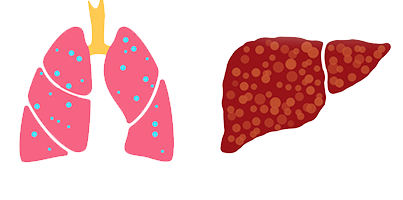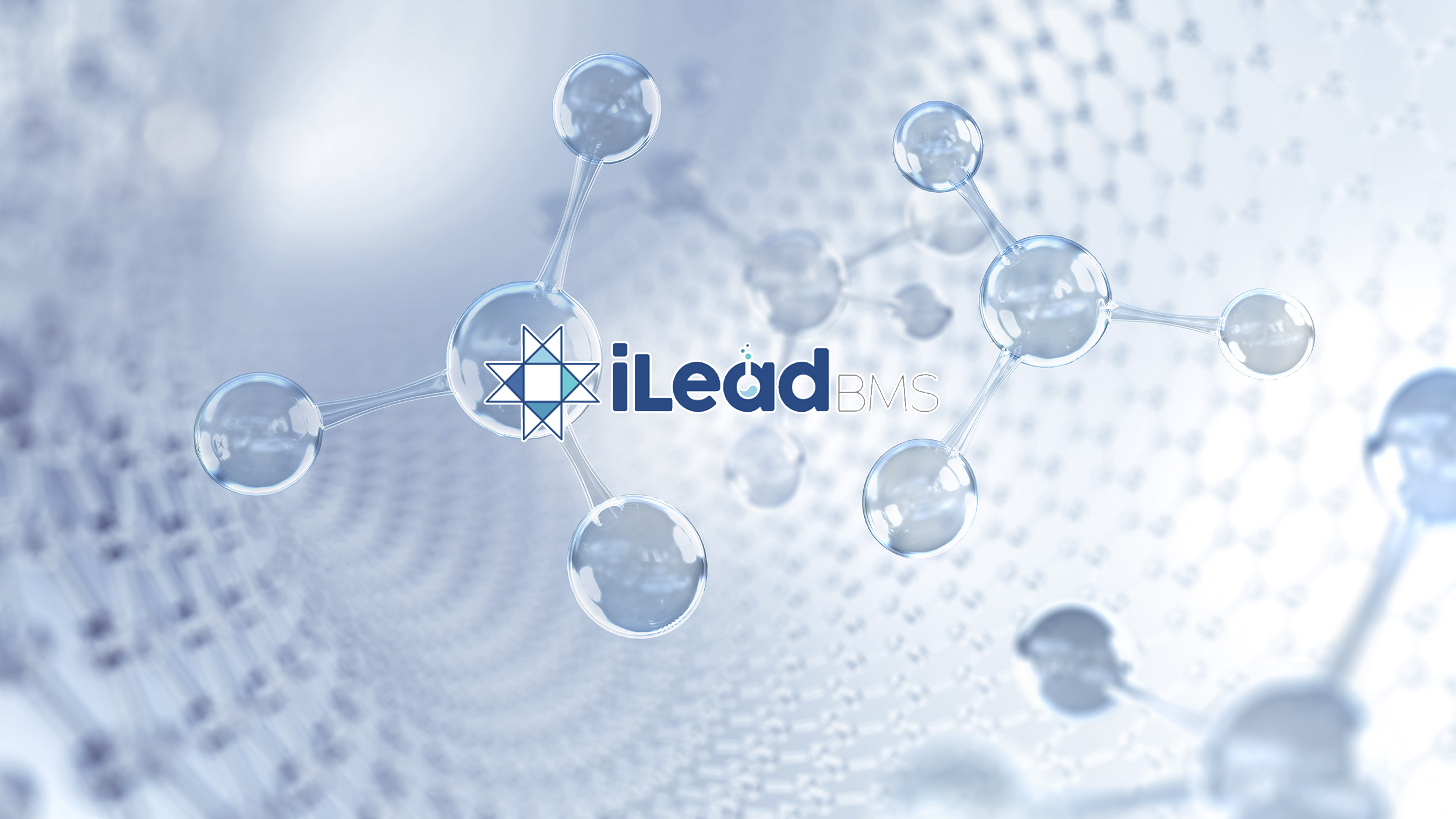 Autoimmune and Fibrotic Diseases
Autoimmune and Fibrotic Diseases
ACKR3 Ago-PAM for Autoimmune and Fibrotic Diseases
iLeadBMS is developing a first-in-class, orally available small molecule agonist and positive allosteric modulator (PAM) for ACKR3 (formerly CXCR7), atypical chemokine receptor 3 which is involved in inflammation and fibrosis in various organs such as the heart, lungs, liver, and skin. IL2112 is unique in that as a first-in-class ACKR3 Ago-PAM molecule, it offers triple mechanism of action which is highly advantageous for treating chronic diseases in the field of autoimmune and fibrosis where either standard therapies are lacking or suboptimal.
IL2112 has consistently demonstrated strong efficacy signal across several different in vivo efficacy models related to autoimmune (RA, IBD, MS, PAH) and fibrosis (lung, liver, kidney, cardiac, and skin fibrosis) models.
Based on the accumulated preclinical data thus far, it is anticipated that IL2112 will have a significantly improved efficacy and safety profile over existing standard of care therapies.



